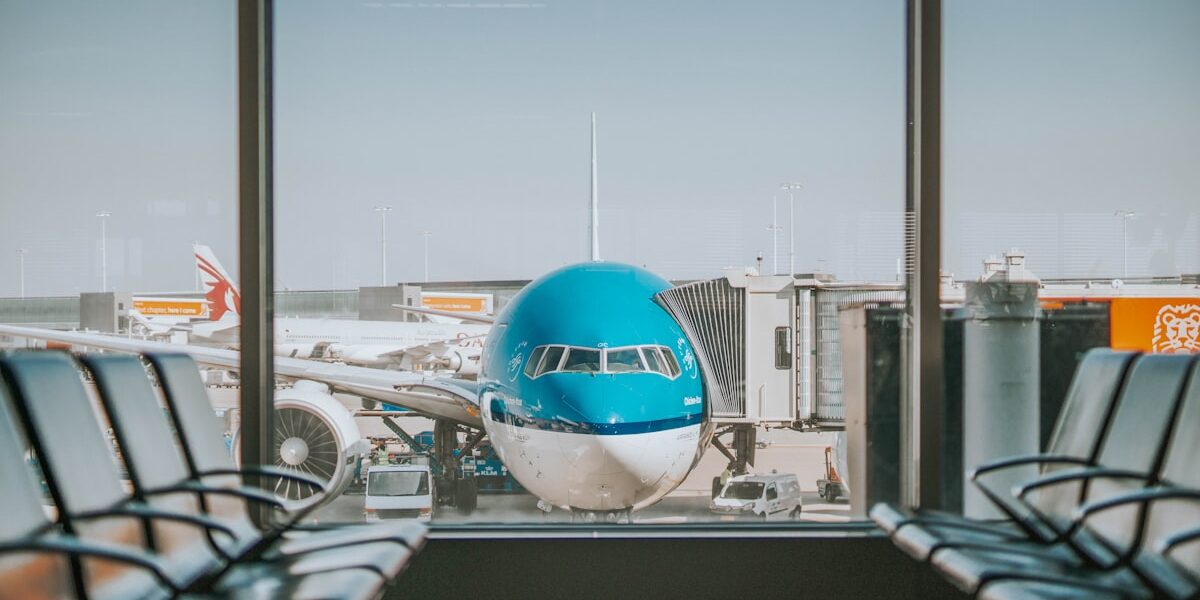Boulder Airport
Boulder Airport: A Hidden Gem in Aviation
Boulder Airport, officially known as Boulder Municipal Airport (KBDU), is a general aviation airport located in Boulder, Colorado. It may not be as famous as Denver International Airport, but it holds its own charm and significance in the world of aviation. This small airport plays a vital role for the local community and aviation enthusiasts alike.
A Brief History
The airport was established in 1942. Initially, it served as a training base during World War II. Over the years, Boulder Municipal Airport has expanded its services. Unlike commercial airports, it focuses on general aviation and caters to private pilots, flight schools, and charter services.
Facilities and Services
The airport features a single asphalt runway, 8/26, which is 4,100 feet long. This length supports various types of general aviation aircraft. The airport also hosts Fixed-Base Operators (FBOs) that provide essential services including refueling, maintenance, and pilot amenities.
Runway Specifications
- Runway 8/26: 4,100 feet long
- Surface: Asphalt
The Boulder Airport Control Tower is operational during peak hours, enhancing safety for arriving and departing flights. The presence of a controlled airspace further ensures operational efficiency.
Flight Schools and Training
Boulder Airport houses several flight schools. These institutions offer training for various pilot certifications. The trainers are experienced, and the curriculum adheres to FAA regulations. Students often praise the weather conditions in Boulder, which provide a mix of clear skies and challenging scenarios.
Popular Flight Schools
- Boulder Flight Services
- Journeys Aviation
The flight schools cater to both beginners and advanced trainees. Programs include Private Pilot License (PPL), Instrument Rating (IR), and Commercial Pilot License (CPL).
Charter and Private Services
Boulder Municipal Airport is a hub for charter and private aviation services. Several companies offer customized travel solutions. These services are popular among business travelers who value time and privacy. Aircraft available for charter range from small single-engine planes to larger multi-engine aircraft.
Notable Charter Services
- Mountain Aviation
- Private Jets Inc.
The convenience of avoiding crowded commercial terminals makes charter services appealing. Flyers can personalize their travel experience and enjoy expedited security checks.
Community Activities
The airport frequently hosts community events. These include air shows, educational workshops, and Young Eagles rallies. Such events foster a connection between the airport and local residents. Participants often get the opportunity to experience small aircraft up close and even take introductory flights.
Annual Events
- Boulder Air Fair
- Young Eagles Day
These events attract aviation enthusiasts from all over Colorado and provide educational opportunities for young aspiring pilots.
Environmental Considerations
Boulder Municipal Airport places a strong emphasis on environmental stewardship. Efforts include noise abatement procedures and the use of eco-friendly fuels. The airport collaborates with environmental agencies to minimize its carbon footprint.
Noise abatement is a critical area of focus. Pilots follow specific flight paths to reduce noise over residential areas. The airport also encourages the use of unleaded aviation gasoline whenever possible.
Economic Impact
Boulder Airport significantly contributes to the local economy. It supports jobs in aviation maintenance, flight instruction, and airport operations. Ancillary businesses, such as hotels and restaurants, also benefit from the airport’s presence.
Jobs Supported
- Aviation Technicians
- Flight Instructors
- Airport Staff
Local businesses nearby thrive because of the traffic generated by the airport. Moreover, the airport serves as a catalyst for business growth and investment in Boulder.
Future Prospects
Plans are underway to expand and modernize Boulder Municipal Airport. Potential improvements include extending the runway and upgrading terminal facilities. These enhancements aim to increase the airport’s capacity and service quality.
Innovative technologies such as GPS-based navigation are being implemented to improve operational efficiency. The focus remains on maintaining a balance between growth and environmental sustainability.
Visiting Boulder Airport
For those looking to visit, the airport is conveniently located about three miles northeast of downtown Boulder. It is accessible via US Route 36. The airport offers ample parking facilities for both visitors and pilots. Additionally, the Boulder County Transit provides public transportation options.
The airport terminal includes a lounge area, pilot shop, and a small restaurant. These amenities ensure a pleasant visit, whether you’re flying or simply exploring the area.
Boulder Municipal Airport may not be the largest, but it plays an important role in the local community and the broader aviation world. From flight training to community events, it offers a wide range of services and activities. The future looks bright, with plans for expansion and modernization.
Recommended Aviation Gear
David Clark H10-13.4 Aviation Headset – $376.95
The industry standard for aviation headsets.
Pilots Handbook of Aeronautical Knowledge – $25.42
Essential FAA handbook for every pilot.
As an Amazon Associate, we earn from qualifying purchases.




Subscribe for Updates
Get the latest articles delivered to your inbox.
We respect your privacy. Unsubscribe anytime.